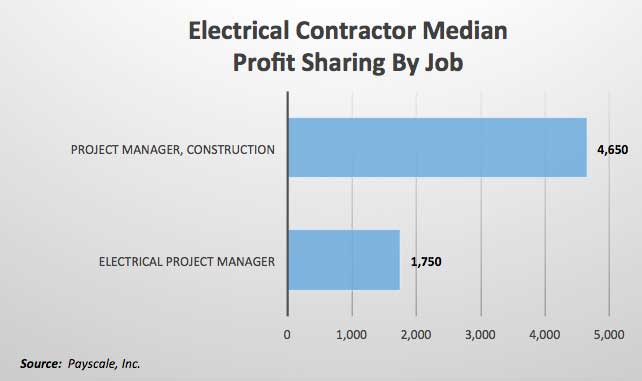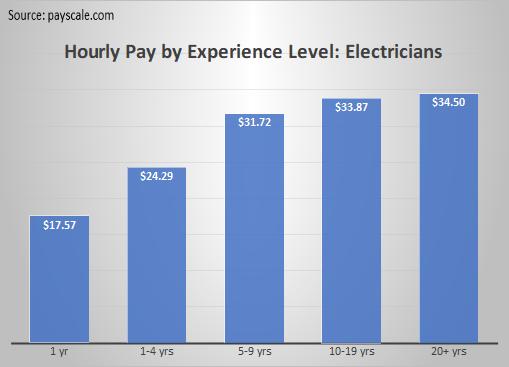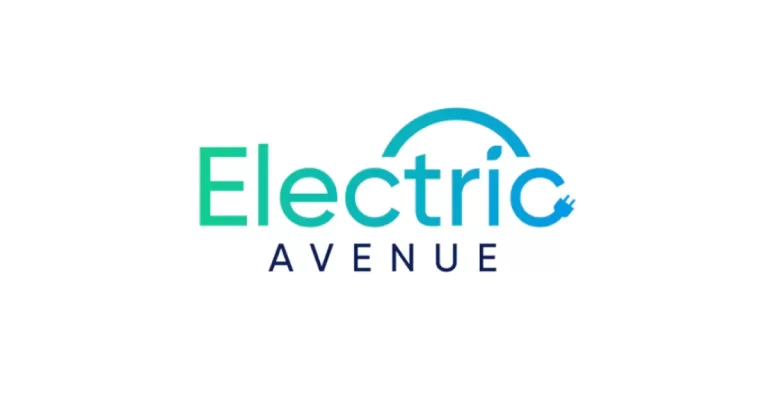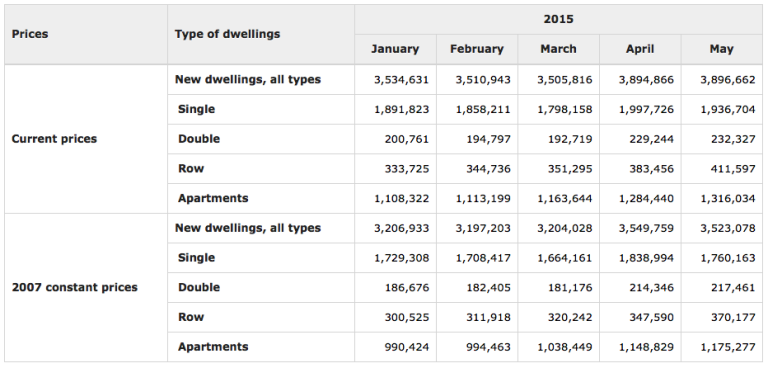The Crucial Role of Male Allyship and Bystanders in Achieving Gender Equity in Workplaces

March 1, 2024
By Muhammad Ahsan, DEI Specialist, EHRC
As a male-identifying individual in today’s professional landscape, I’ve observed the pervasive and often unspoken divide that gender inequity creates in the workplace. Witnessing this gap, I need to address it, not just as a bystander but as an active participant in the dialogue and solution. The role of men in bridging this divide is critical yet often underestimated. In my journey, I’ve learned that gender equity is not just a ‘women’s issue’ but a universal goal that benefits everyone. Therefore, I’m compelled to share insights and advocate for a more inclusive approach, where men are passive observers and active allies in fostering gender equity. This commitment stems from recognizing that true workplace harmony and productivity can only be achieved when we all, regardless of gender, collaborate and support each other’s growth and success.
Breaking the ‘Us vs Them’ Approach and Bystander Mentality
In today’s progressive workplaces, pursuing gender equity has become more vital than ever. Yet, despite significant strides in awareness and policy implementation, achieving accurate gender equity remains an elusive goal. One of the critical elements in this journey is the role of male allyship and the active participation of bystanders. This post delves into how the ‘us vs them’ mentality and bystander behaviour are detrimental to workplace creativity and dynamics, and how positive male involvement can catalyze real change.
Understanding the ‘Us vs Them’ Approach
The ‘us vs them’ mentality is an archaic yet persistent viewpoint in many workplaces. It thrives on creating divisions based on gender, often leading to an environment where men and women are seen as opponents rather than collaborators. This perspective not only breeds a toxic culture but also stifles creativity and innovation. When team members are more focused on competing against each other based on gender stereotypes, the collective talent pool remains underutilized.
The Bystander Mentality: A Barrier to Change
The bystander mentality is equally problematic – when individuals observe inequity or discrimination but remain silent. This passive approach can be attributed to a lack of awareness, fear of retaliation, or helplessness. However, silence in the face of injustice only perpetuates the status quo and can lead to a demoralized workforce, reduced productivity, and a lack of diverse perspectives in decision-making.
The Power of Male Allyship in the Workplace
Male allyship is about men actively supporting and advocating for gender equity in the workplace. This involves recognizing their privilege, understanding the challenges faced by their female colleagues, and taking concrete actions to support them. Male allies can play a pivotal role in dismantling the ‘us vs them’ approach by:
- Educating Themselves and Others: Understanding the subtle ways in which gender bias and inequity manifest in the workplace is the first step. Allies should also share this knowledge with their peers, fostering a culture of inclusivity and understanding.
- Speaking Up Against Inequity: When men actively oppose sexist remarks or policies, it sends a strong message. Their position of privilege often lends weight to their voice, making their advocacy crucial in changing entrenched attitudes.
- Promoting Women’s Voices: Male allies can ensure that women are heard in meetings, their ideas are taken seriously, and they receive credit for their contributions.
- Mentoring and Sponsoring: By mentoring or sponsoring female colleagues, men can help them navigate career challenges and access opportunities that might otherwise be out of reach.
Transforming Workplace Dynamics
When men step up as allies and individuals overcome the bystander mentality, the workplace transforms in several ways:
- Increased Creativity and Innovation: A diverse and inclusive team, where all members feel valued and heard, is more likely to develop innovative solutions and creative ideas.
- Improved Employee Engagement and Morale: Gender equity leads to a more positive workplace atmosphere, enhancing overall employee satisfaction and retention.
- Better Decision-Making: Diverse perspectives lead to more comprehensive decision-making, which is crucial for the success of any organization.
Conclusion
Achieving gender equity in the workplace is not just a women’s issue; it’s a collective responsibility. By breaking down the ‘us vs them’ approach and moving beyond the bystander mentality, and with the active involvement of male allies, workplaces can become more inclusive, creative, and dynamic. It’s a journey worth taking for the betterment of all employees and the organization.

Muhammad Ahsan, DEI Specialist, EHRC
Muhammad Ahsan is a seasoned professional in the sphere of organizational development and a specialist deeply committed to fostering inclusion, diversity, equity, and accessibility. With a career spanning 15 years, his expertise extends across both the public and private sectors.


















